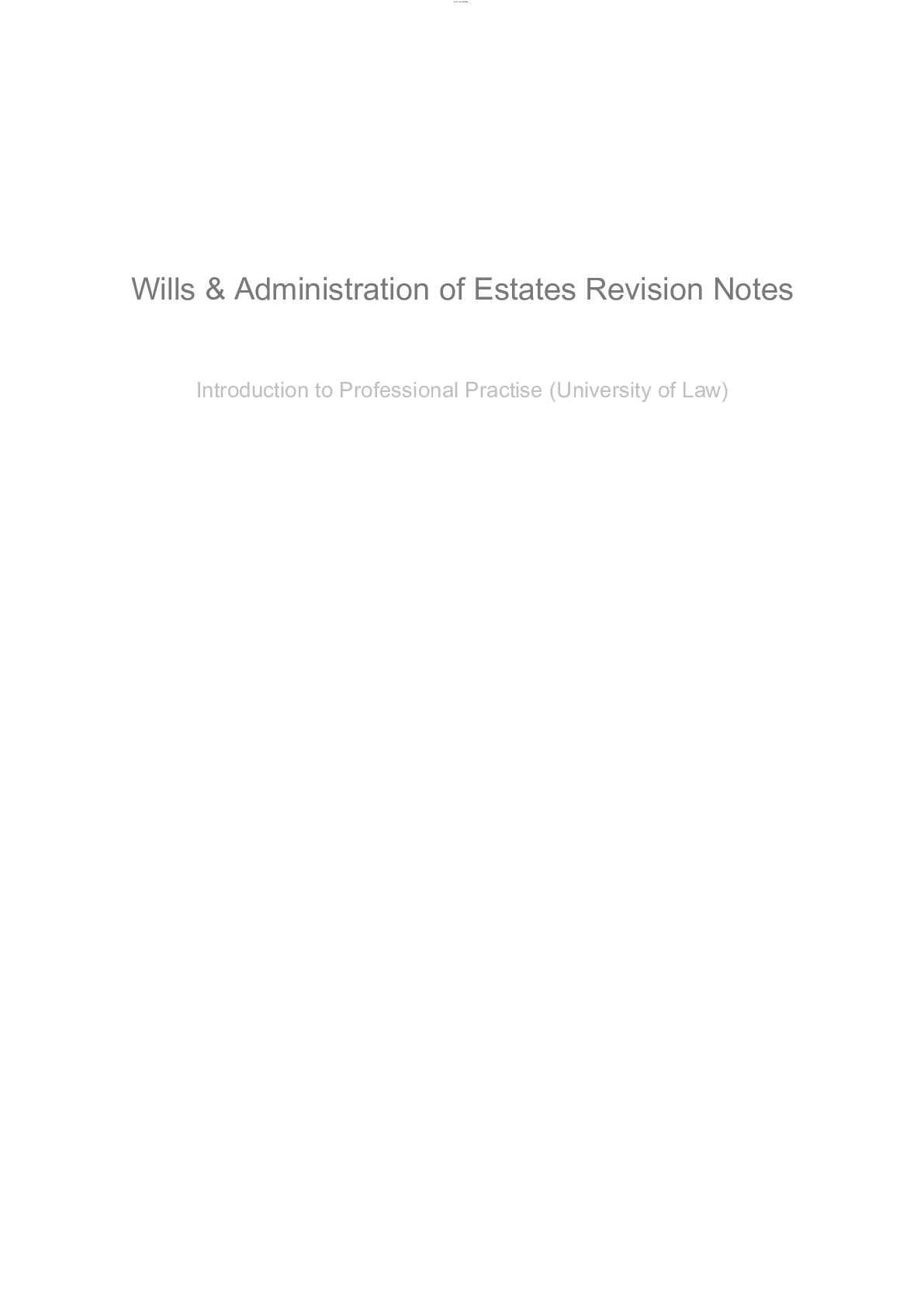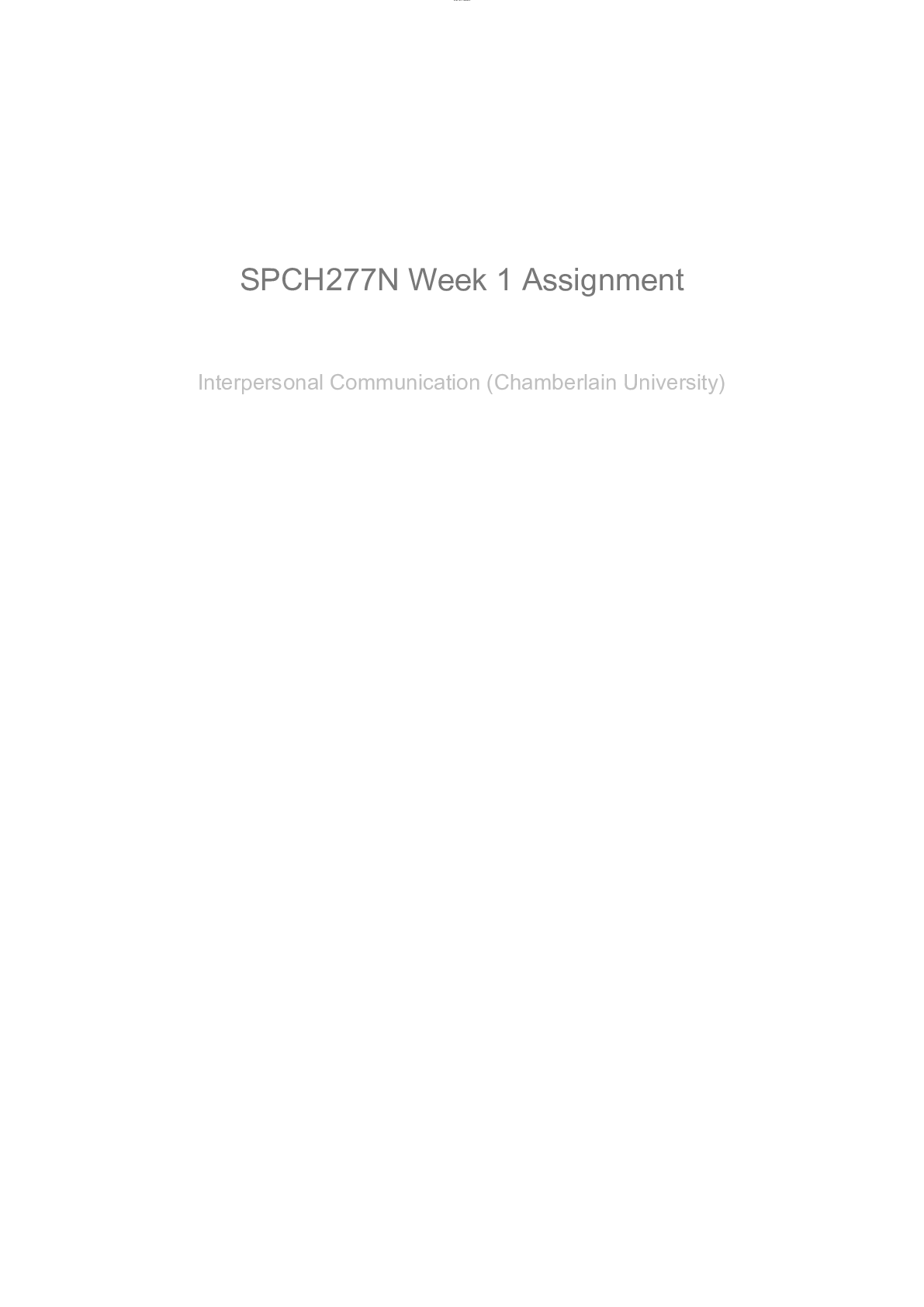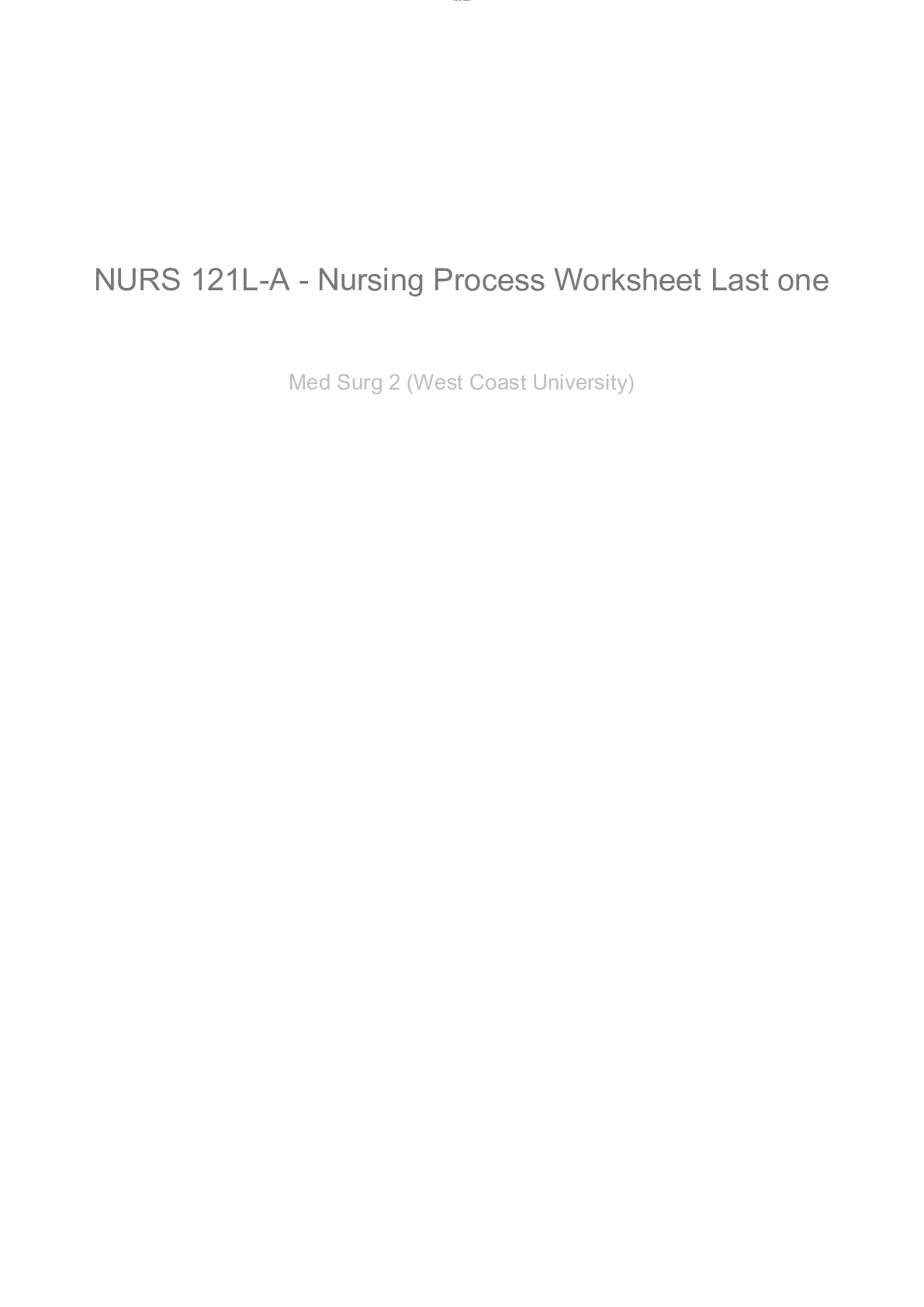Engineering > Study Notes > Practices_of_Irrigation_and_On_farm (All)
Practices_of_Irrigation_and_On_farm
Document Content and Description Below
The conveyance efficiency in irrigation projects is poor due to seepage, percolation, cracking, and damaging of the earth channel. Seepage loss in irrigation water conveyance system is very signific... ant, as it forms the major portion of the water loss in the irrigation system. Irrigation conveyance losses controlled through lining may reduce the drainage requirement and also enhance irrigation efficiency. As such, reliable estimates of quantities and extent of seepage losses from canals under pre- and post-lining conditions become important. Various methods are used to estimate the canal seepage rate. The loss in conveyance is unavoidable unless the canal is lined. Lining may be done with a large variety of materials. Selection of a suitable one depends mainly on cost, performance, durability, and availability of lining materials. Irrigation efficiency is greatly dependent on the type and design of water conveyance and distribution systems. Designing of economic cross-sections of various types of irrigation channels is important to minimize cost, water loss, and land requirement. This chapter illustrates these issues with sample design problems. 1.1 Water Conveyance Loss 1.1.1 Definition of Seepage Seepage may be defined as the infiltration downward and lateralmovements of water into soil or substrata from a source of supply such as reservoir or irrigation channel. Such water may reappear at the surface as wet spots or seeps or may percolate to join the groundwater, or may join the subsurface flow to springs or streams. 1.1.2 Factors Affecting Seepage Many factors are known to have a definite effect on seepage rate. The major factors are (i) the characteristics of the soil or strata through which the channels are laid (e.g., texture, bulk density, porosity, permeability) (ii) bulk density, porosity, and permeability of the side soil (iii) top width and wetted perimeter of the channel (iv) depth of water in the channel (v) amount of sediment in the water (vi) viscosity or salinity of canal water (vii) aquatic plants (viii) velocity of water in the channel (ix) pump discharge (x) length of time the channel has been in operation (canal age) (xi) nature of channel like dug or raised (topography) (xii) channel geometry (xiii) presence of cracks or holes or piping through the subgrades of the section [Show More]
Last updated: 1 year ago
Preview 1 out of 571 pages
Instant download
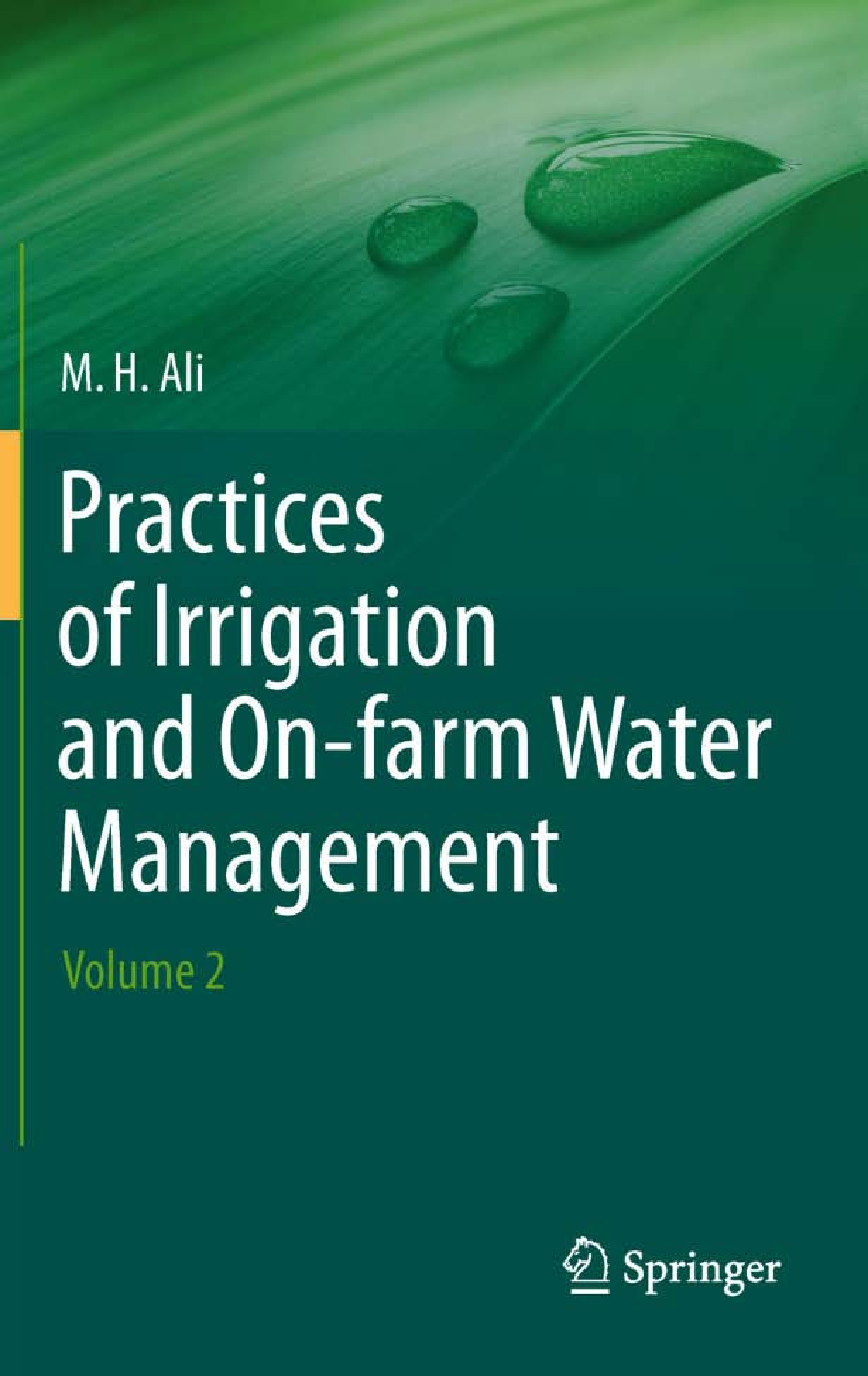
Instant download
Reviews( 0 )
Document information
Connected school, study & course
About the document
Uploaded On
Aug 21, 2021
Number of pages
571
Written in
Additional information
This document has been written for:
Uploaded
Aug 21, 2021
Downloads
0
Views
56

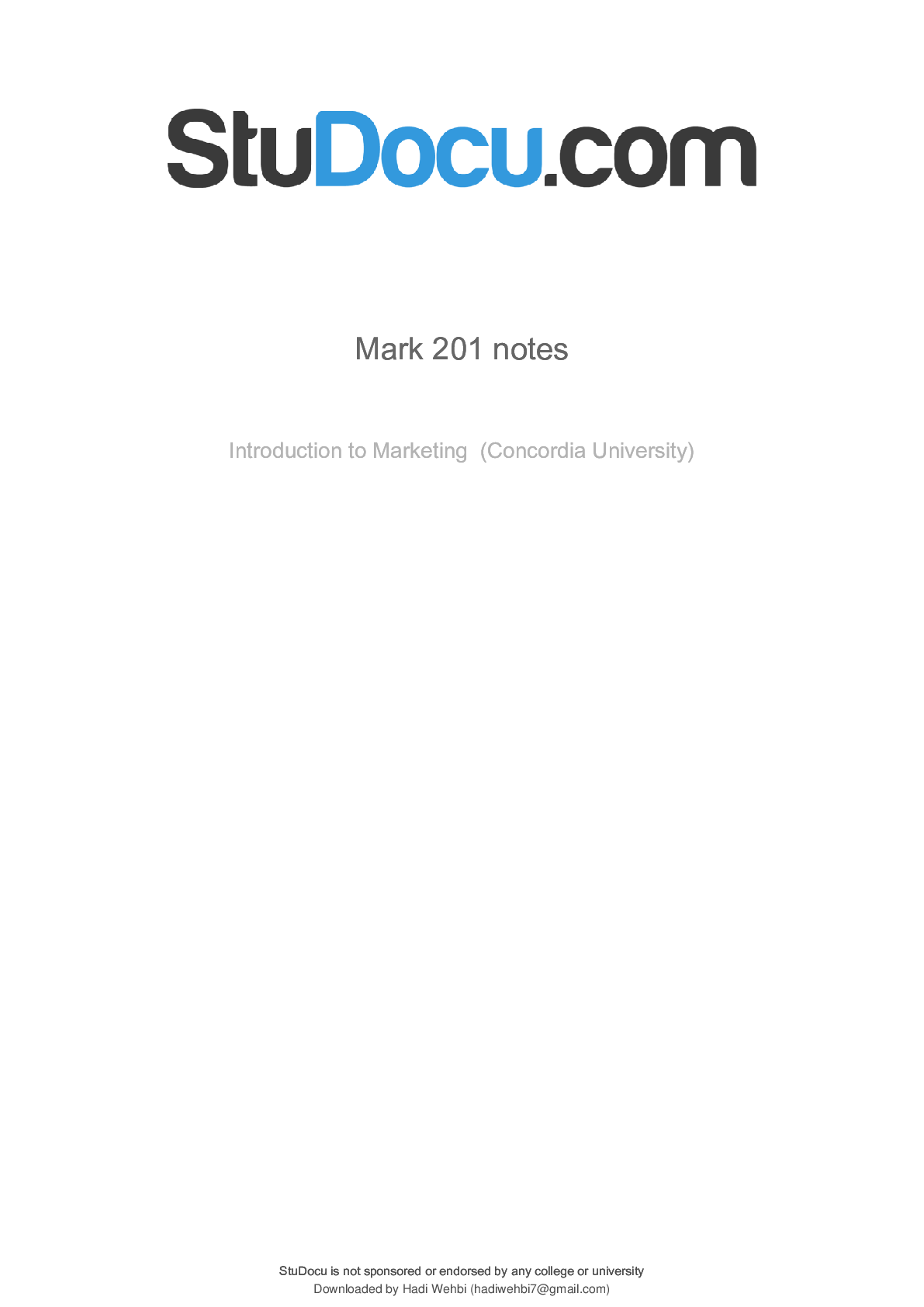
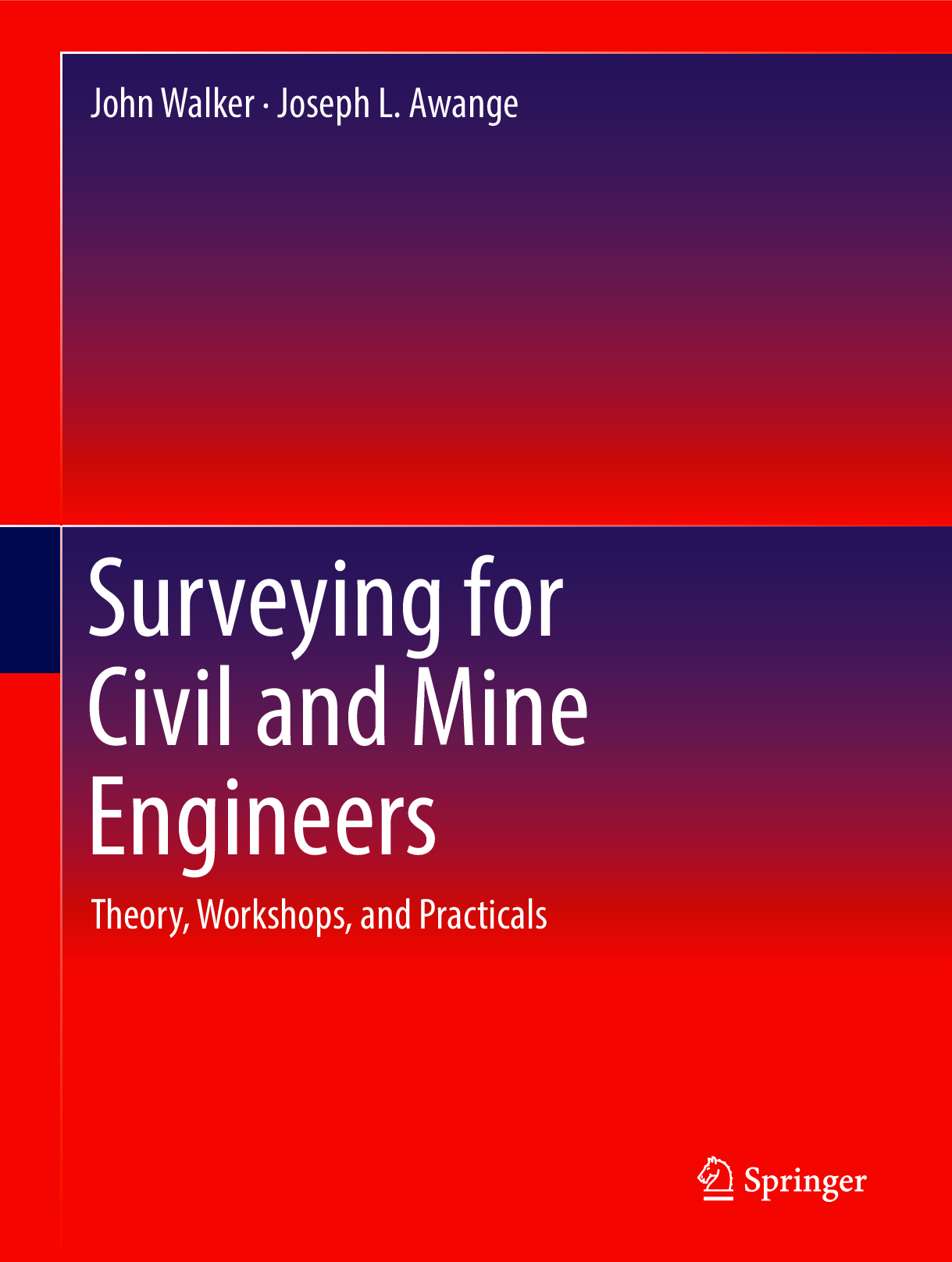
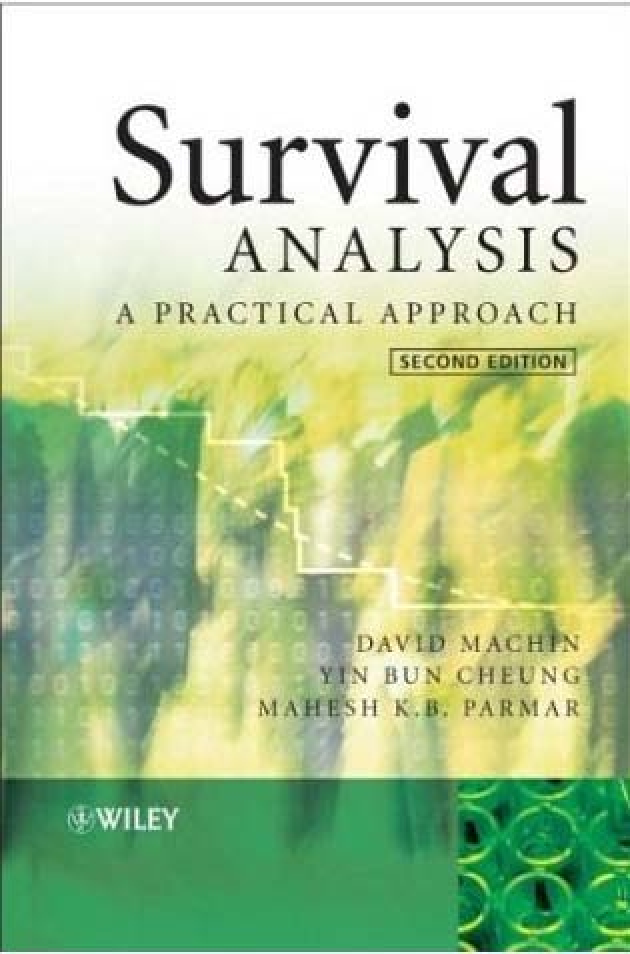

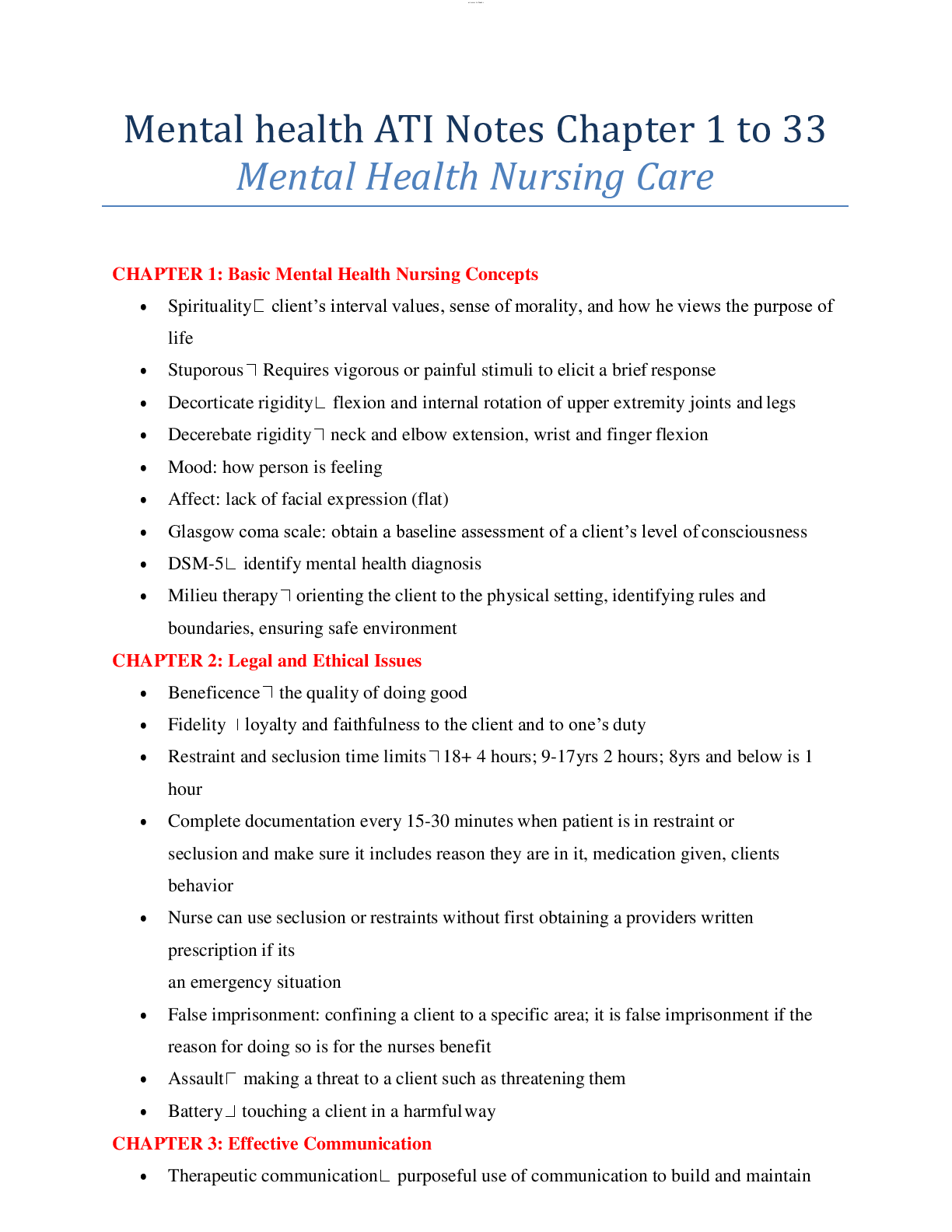
.png)




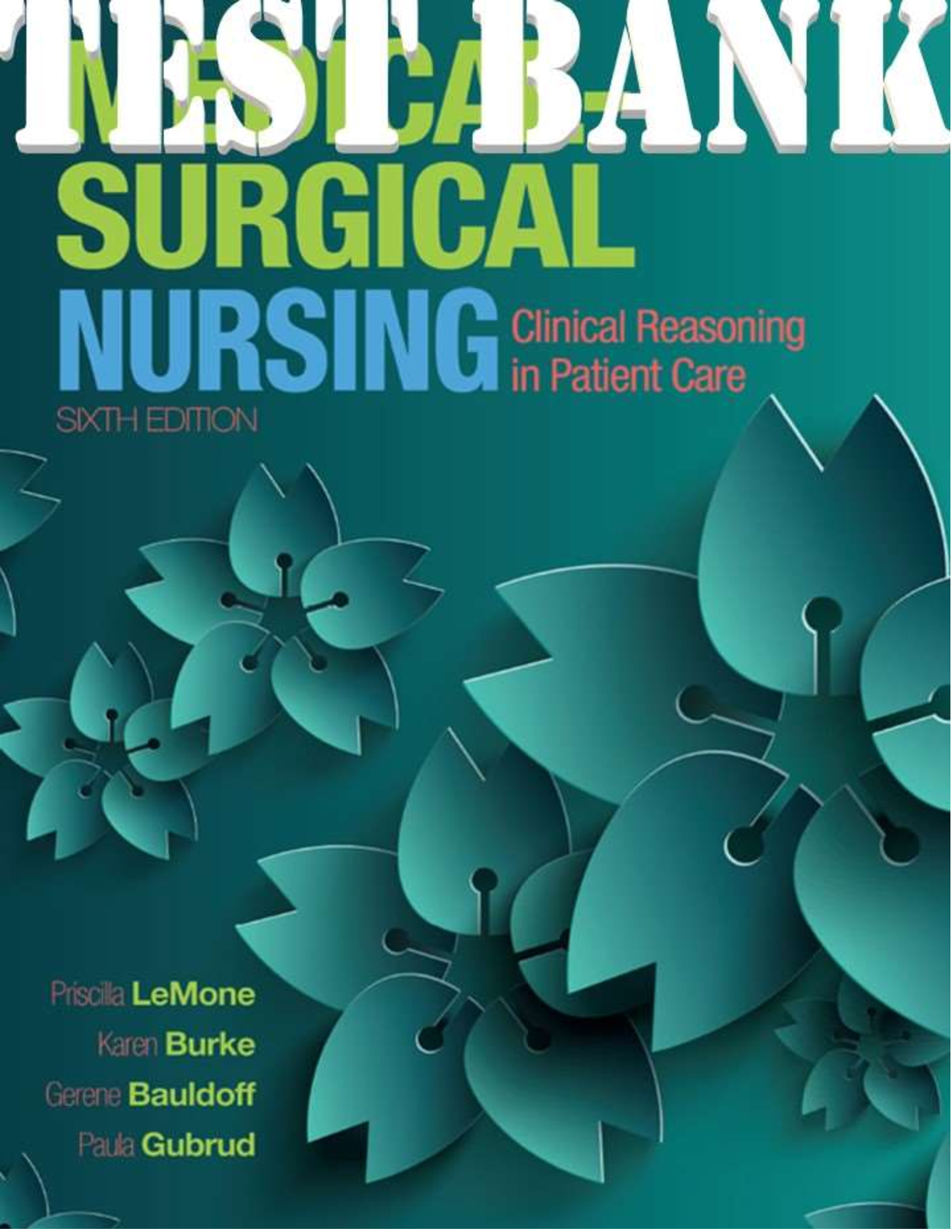
.png)

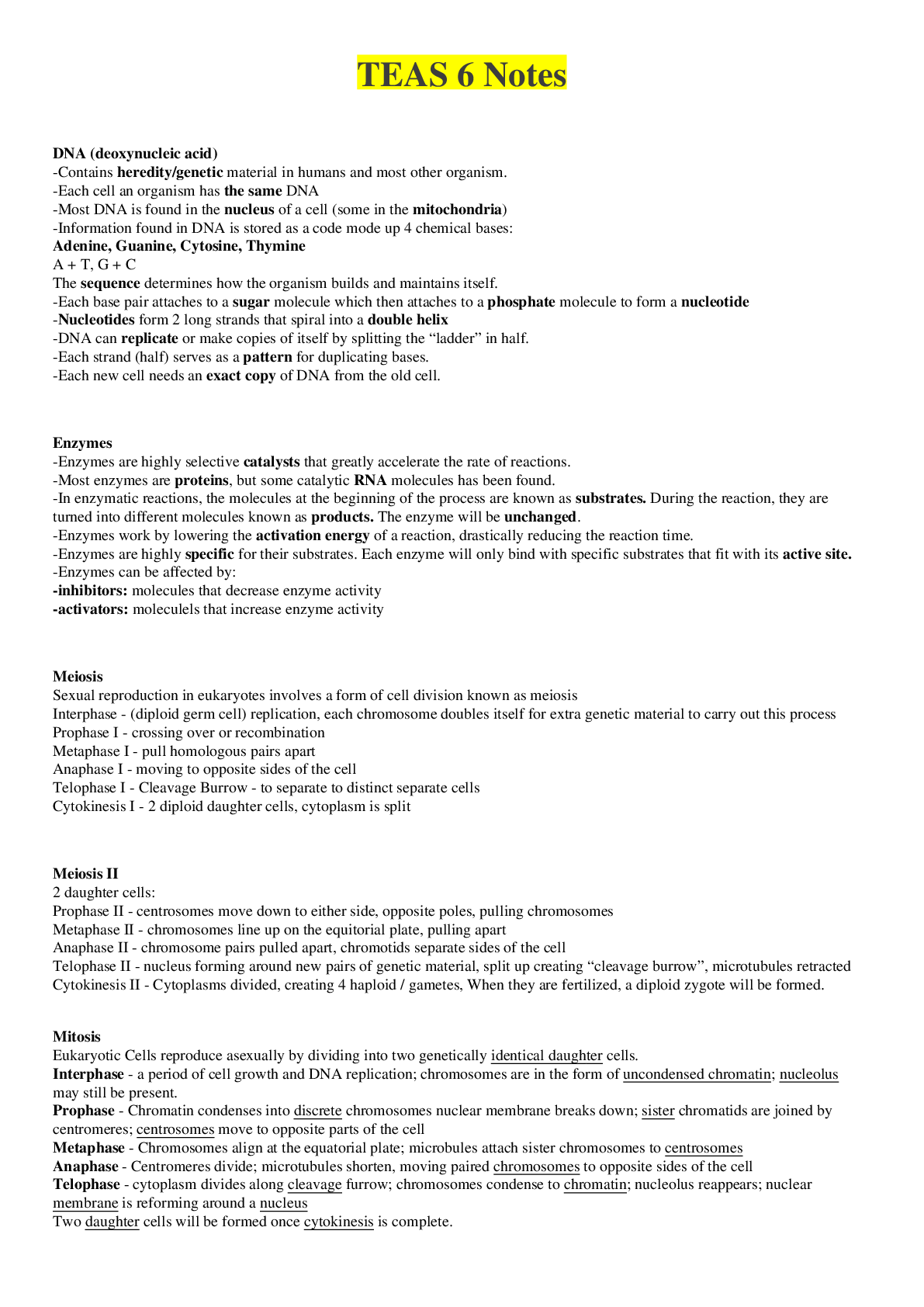

How Do Geographically Dispersed Teams Collaborate Effectively Paper.png)

